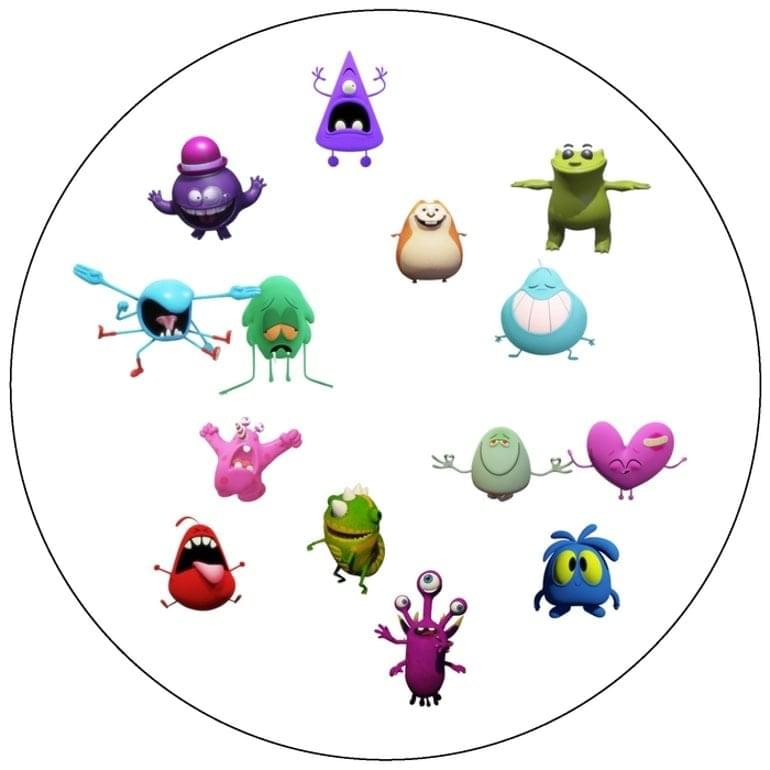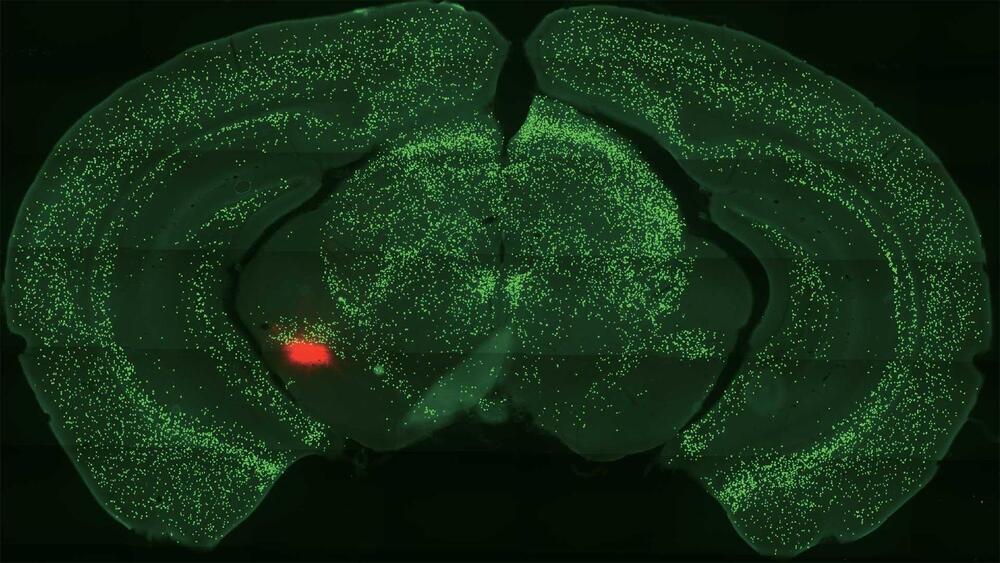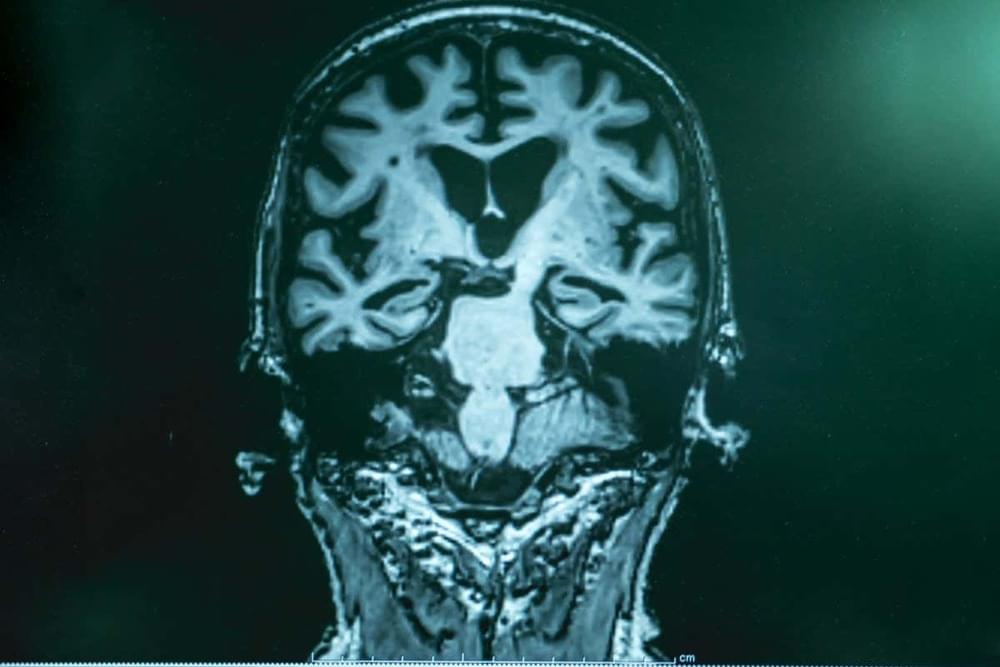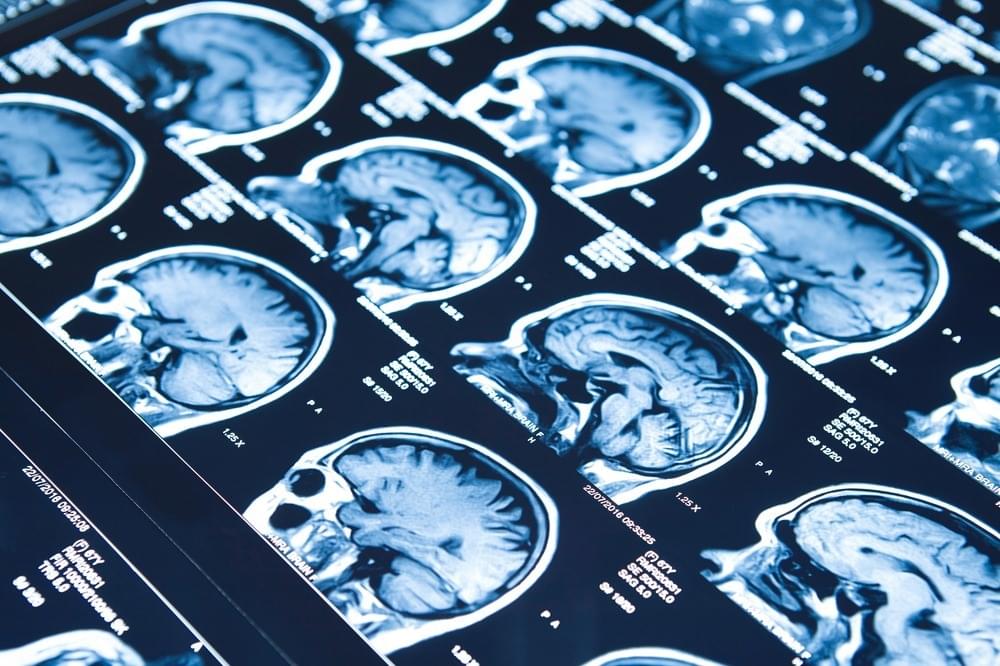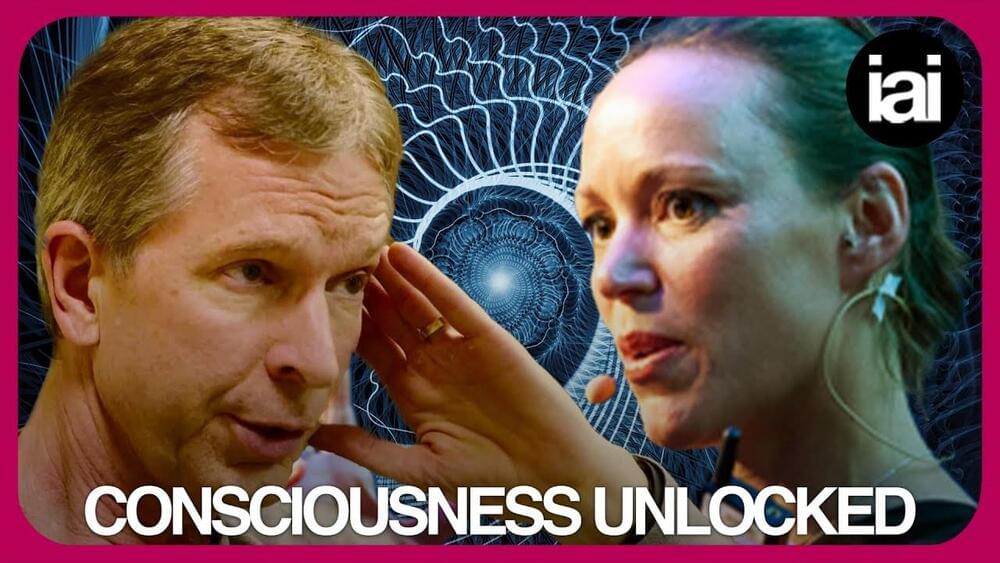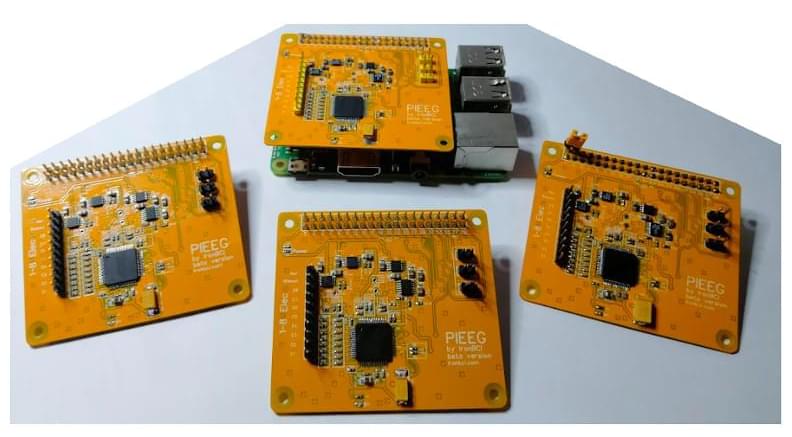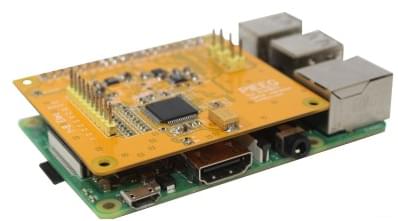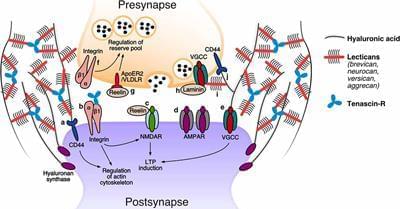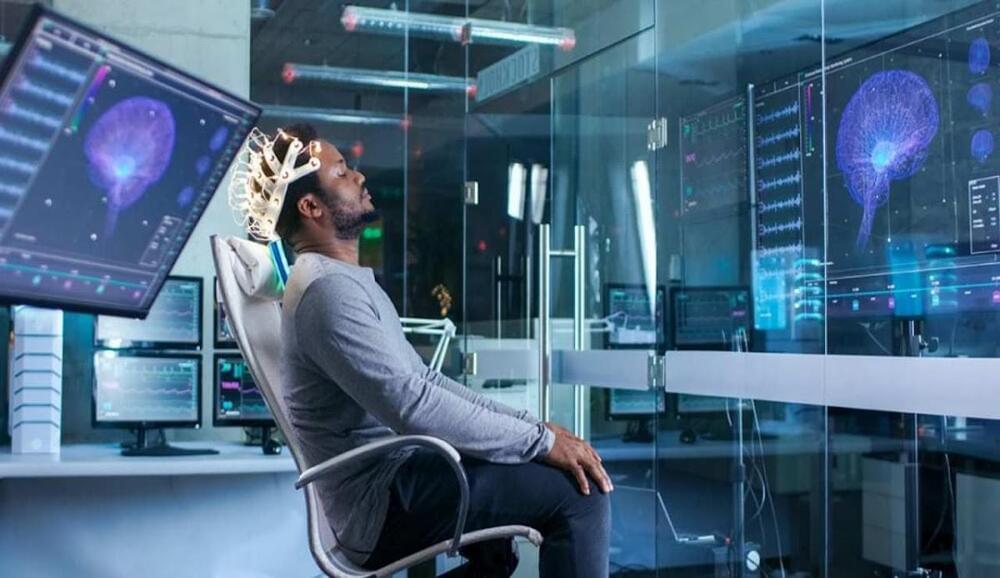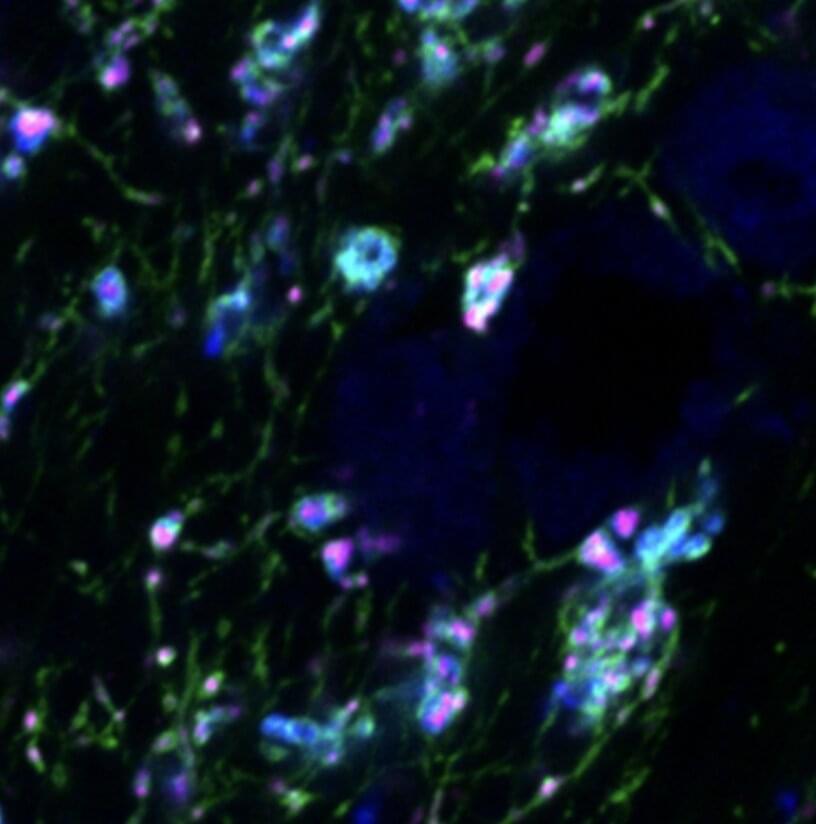
Humans are known to perceive the environment around them differently based on the situation they are in and their own feelings and sensations. Internal states, such as fear, arousal or hunger can thus affect the ways in which sensory information is processed and registered by the brain.
Researchers at Beth Israel Deaconess Medical Center, Boston Children’s Hospital, and Peking University have recently carried out a study investigating the possible effects of serotonin, a neurotransmitter known to regulate sleep, mood, sexual desire, and other inner states, in the processing of visual information. Their findings, published in Neuron, suggest that serotonergic neurons in the brainstem (i.e., the central trunk of the mammalian brain) gate the transfer of visual information from the eyes to the thalamus, an egg-shaped area of the brain.
“Internal states are known to affect sensory perception and processing, but this was generally thought to occur in the cortex or thalamus,” Chinfei Chen, one of the researchers who carried out the study, told Medical Xpress. “One of our previous studies revealed that arousal can suppress certain visual information channels at an earlier stage of the visual pathway–at the connection between the mouse retina and the thalamus, before the information even reaches the brain. This form of ‘filtering’ of information suggests a very efficient means of processing only relevant information.”
